Introduction
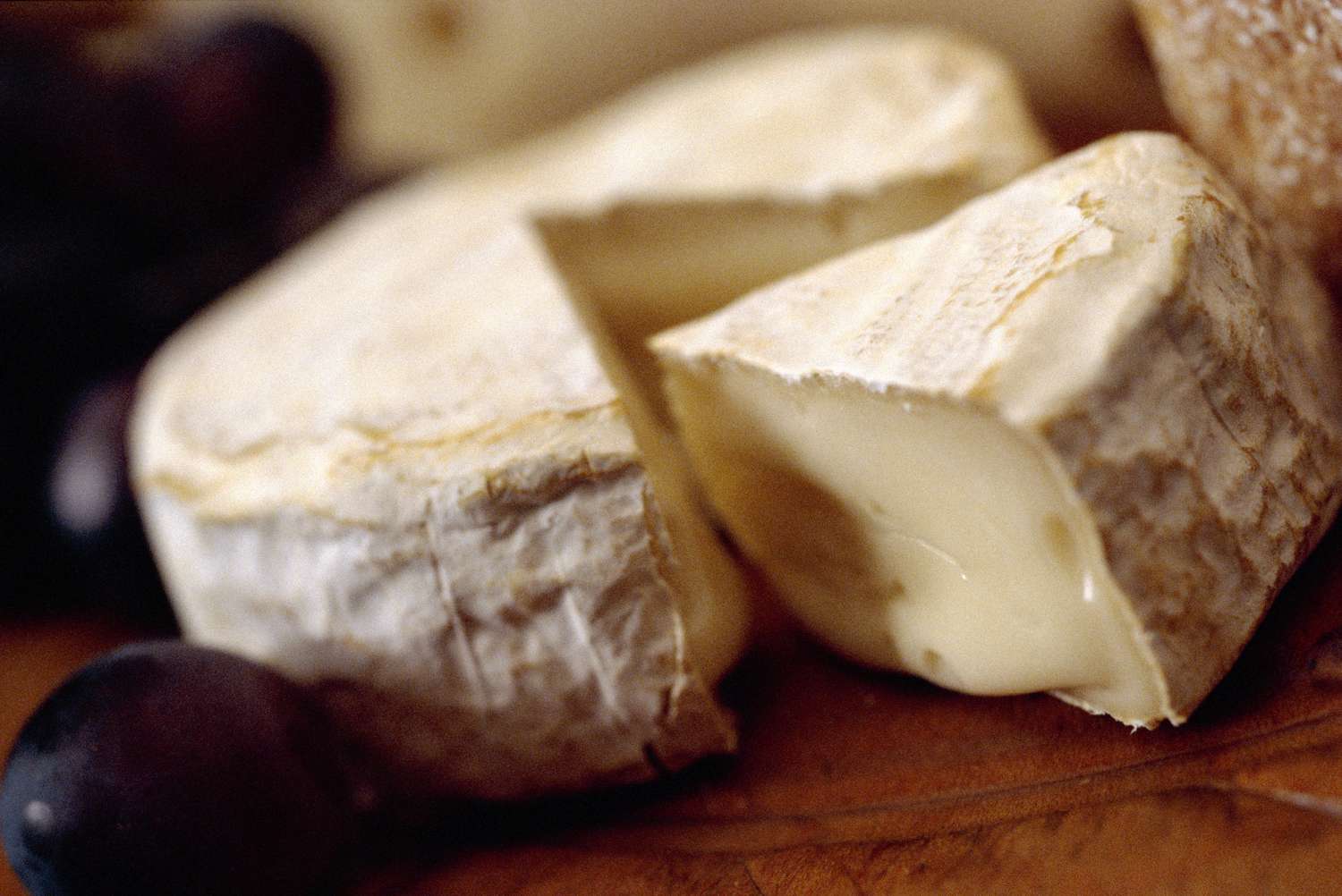
Camembert cheese and Brie are two popular soft cheese varieties that have captured the hearts of cheese lovers around the world. Both cheeses boast a rich history and distinct characteristics, making them a staple in many culinary creations. Whether you’re a fan of the creamy texture and bold flavors of Camembert or the milder, buttery taste of Brie, understanding the differences between the two can help you make informed choices when it comes to selecting the perfect cheese for your next dining experience. In this article, we will delve into the unique qualities of Camembert cheese and Brie, highlighting their similarities and differences to help you decipher these delightful soft cheese varieties.
Overview Of Camembert Cheese And Brie
Camembert cheese and Brie are both popular soft cheese varieties that originated in northern France. These cheeses are made from cow’s milk and are known for their bloomy rind and creamy texture. While Camembert has a stronger, earthier flavor with notes of mushroom and garlic, Brie offers a milder, buttery taste with hints of sweetness and nuttiness. Both Camembert and Brie are protected by AOC (Appellation d’Origine Contrôlée) regulations, ensuring their quality and authenticity. These cheeses are revered for their versatile culinary uses and are enjoyed by cheese connoisseurs worldwide.
Brief History And Origin Of Camembert And Brie
Camembert cheese has a long and storied history, dating back to the late 18th century in the small village of Camembert in Normandy, France. It was first created by Marie Harel, a farmer who learned the cheese-making technique from a priest who was hiding from the French Revolution. The traditional method of making Camembert involves using raw cow’s milk and allowing it to ripen naturally.
On the other hand, Brie cheese has a history that can be traced back even further. It was said to have been enjoyed by French royalty as early as the 8th century. Brie gets its name from the region of Brie in northern France, where it originated. It was initially made by monks in monasteries, and the secret of its production was passed down through generations. Today, both Camembert and Brie are internationally renowned and appreciated for their unique flavors and textures.
Both cheeses have become staples in French cuisine and are enjoyed worldwide for their versatility and deliciousness.
Similarities Between Camembert And Brie
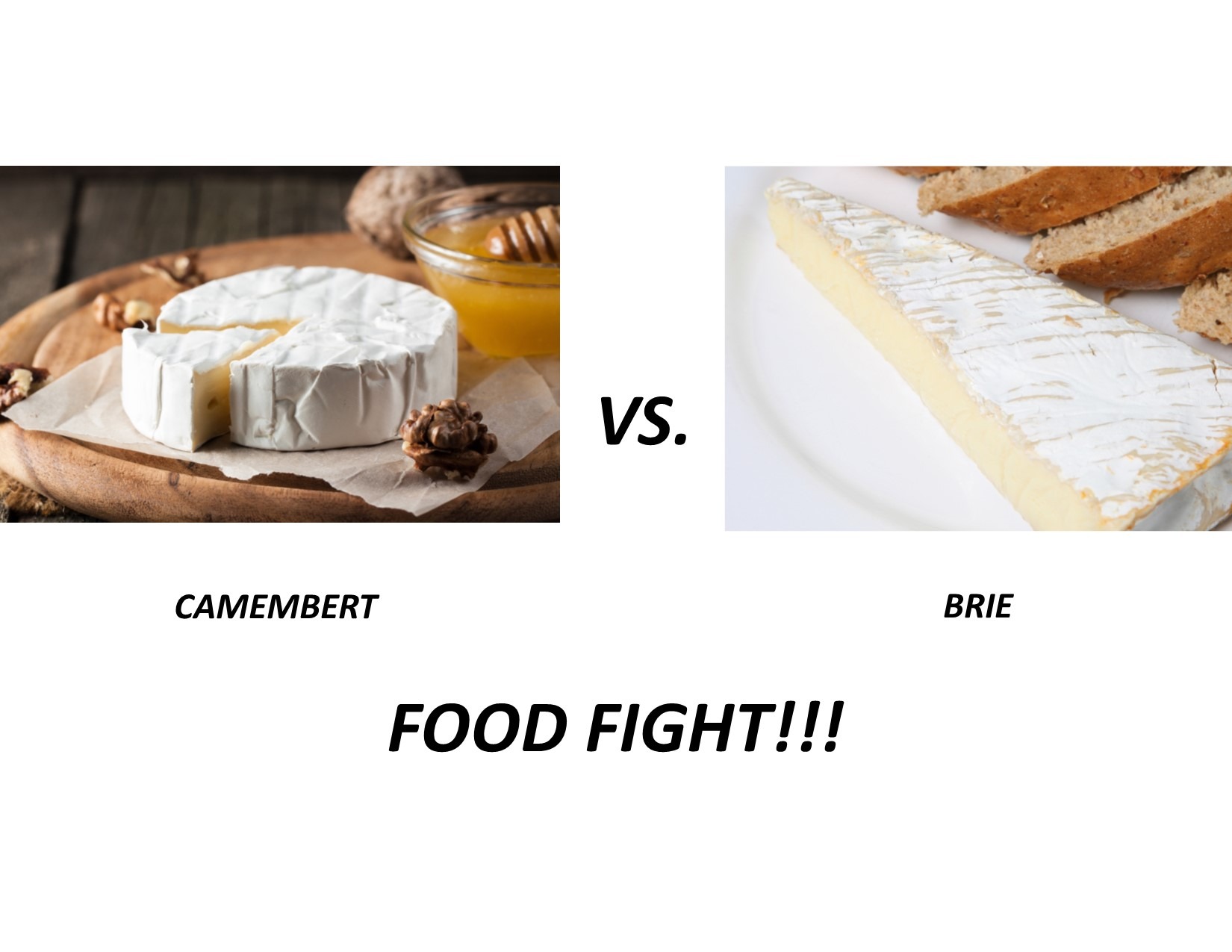
Camembert and Brie share several similarities due to their similar production methods and origins. Some of the key similarities include:
- Soft cheese with a bloomy rind: Both Camembert and Brie belong to the category of soft-ripened cheeses and are known for their delicate and creamy texture.
- Creamy texture and rich flavor: Both cheeses have a smooth and creamy texture that melts in the mouth. They also offer a rich and indulgent flavor profile, making them popular choices for cheese lovers.
These similarities contribute to the versatility of both Camembert and Brie and make them excellent options for various culinary uses.
Soft Cheese With A Bloomy Rind
Both Camembert and Brie fall into the category of soft-ripened cheeses with a bloomy rind. This rind, also known as the mold or “bloom,” forms naturally during the aging process and gives the cheese its characteristic appearance. The bloomy rind is a result of the growth of a specific type of mold called Penicillium candidum. As the cheeses age, the mold develops on the surface, creating a soft layer that is velvety to the touch. This rind not only enhances the aesthetic appeal of Camembert and Brie but also contributes to their unique flavors and textures.
Creamy Texture And Rich Flavor
Both Camembert and Brie are known for their creamy texture and rich flavor. The soft, velvety texture of these cheeses melts in your mouth, creating a delightful sensation. The creaminess is a result of the high fat content in both Camembert and Brie, which gives them their luscious mouthfeel. When it comes to flavor, Camembert tends to have a slightly more pronounced and earthy taste, while Brie offers a more delicate and buttery flavor profile. These characteristics make Camembert and Brie perfect choices for spreading on a crusty baguette or enjoying on their own as a decadent treat.
Differences In Flavor And Aroma
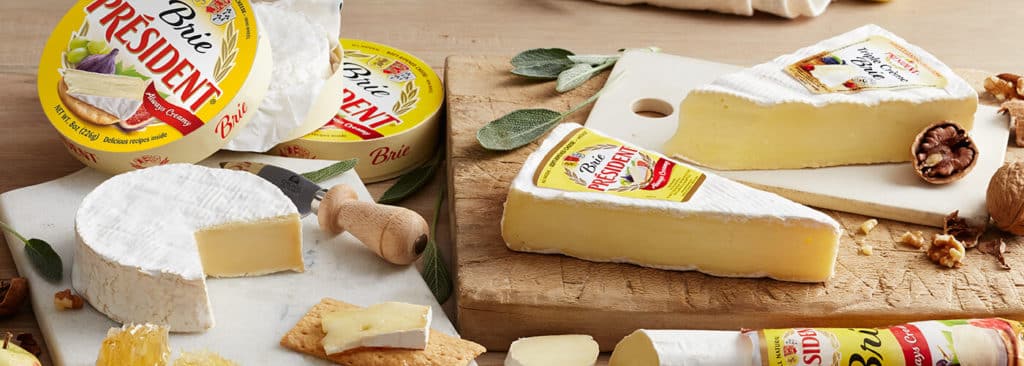
Camembert and Brie differ in their flavor profile and aroma. Camembert has a distinctive flavor with earthy notes and a subtle hint of mushroom and garlic. It has a slightly pungent taste that adds depth to its overall flavor. On the other hand, Brie offers a more delicate and buttery flavor, with a milder taste compared to Camembert. In terms of aroma, Camembert has a stronger and more pronounced scent, while Brie has a softer and more subtle fragrance. These variations in flavor and aroma make each cheese unique and appealing to different palates.
Distinctive Flavor Notes Of Camembert
Camembert cheese offers a unique and distinctive flavor profile. It has earthy notes that give it a rich and complex taste. The cheese also has a subtle hint of mushroom and garlic, adding depth to its flavor. Additionally, Camembert has a slightly pungent taste, which comes from the fermentation process. These flavor characteristics set Camembert apart from Brie, making it a favorite among cheese enthusiasts. Its bold and flavorful taste makes Camembert an ideal choice for those looking to explore more intense flavor experiences in their cheese selection.
Aroma Variations Between Camembert And Brie
Camembert and Brie have distinct aroma variations that set them apart. Camembert cheese has a more pungent and earthy aroma, with noticeable hints of mushroom and garlic. This strong and complex aroma adds depth to the overall sensory experience of Camembert. On the other hand, Brie has a milder aroma, characterized by a buttery and creamy scent. The aroma of Brie is subtle and delicate, with hints of sweetness and nuttiness. These aroma differences contribute to the unique personality of each cheese, allowing cheese lovers to choose their preference based on scent profiles.
Variations In Texture And Appearance

Camembert and Brie exhibit variations in both texture and appearance. Camembert has a soft, creamy texture that becomes gooey and runny as it ripens. The interior of the cheese is slightly firmer towards the center. On the other hand, Brie has a creamy and velvety texture throughout, with no noticeable variation in firmness.
In terms of appearance, Camembert has a thin white bloomy rind that surrounds the cheese. The rind can sometimes have patches of brown or blue molds, adding to its rustic appeal. In contrast, Brie has a thicker and more consistent white rind, which is typically smoother in appearance. Both cheeses are visually appealing and enticing to cheese connoisseurs.
Texture Characteristics Of Camembert
Camembert cheese is known for its unique texture characteristics. It has a soft and creamy interior that becomes gooey and runny as it ripens. The texture of Camembert is denser compared to Brie, giving it a slightly firmer feel when cut into. The cheese has a velvety smoothness that melts in the mouth, offering a rich and indulgent experience. These texture characteristics contribute to the overall enjoyment of Camembert, making it a popular choice among cheese enthusiasts.
Appearance Differences Between Camembert And Brie
When it comes to appearance, Camembert and Brie have noticeable differences. Camembert cheese has a smaller size and a thicker texture compared to Brie. The rind of Camembert is white in color and often has red or brown spots, adding an earthy aesthetic appeal. On the other hand, Brie is larger and flatter, with a pale yellow rind that lacks the speckled appearance of Camembert. These visual distinctions contribute to the unique identity of each cheese, making them easily recognizable in any cheese display or platter.
Pairing And Serving Suggestions
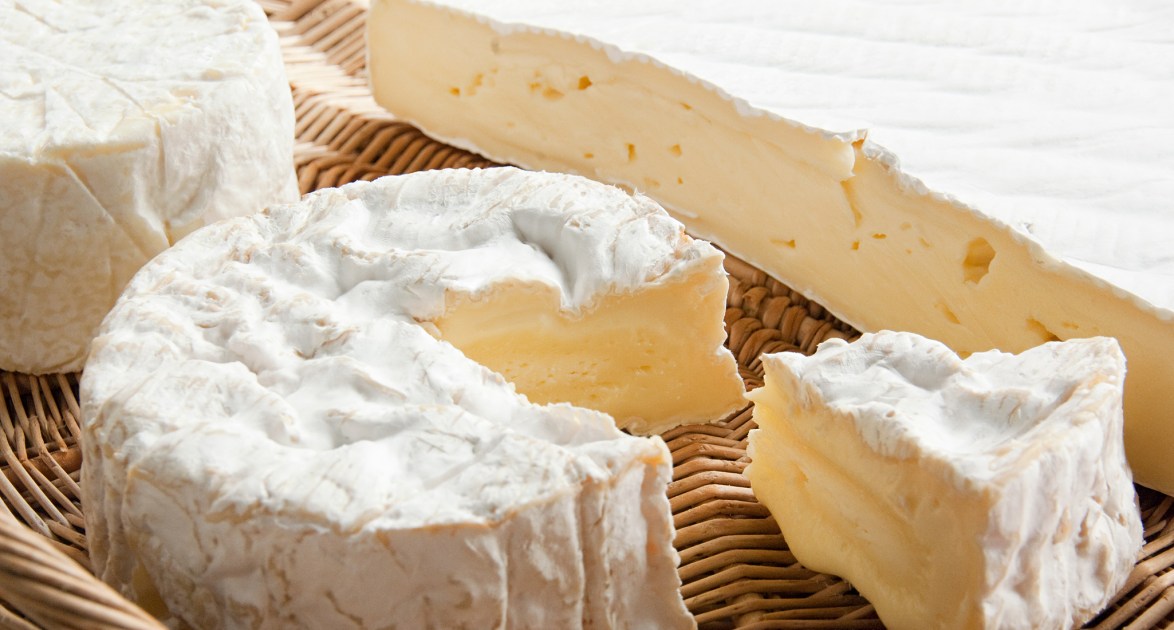
When it comes to pairing and serving Camembert cheese and Brie, there are some recommended suggestions. Camembert’s strong flavor makes it an excellent pairing for bold wines such as Cabernet Sauvignon or Pinot Noir. Its creamy texture also pairs well with crusty bread, fresh fruits like grapes or figs, and even lightly sweetened jams or honey. On the other hand, Brie’s milder flavor makes it a great cheese to pair with lighter wines such as Chardonnay, Sauvignon Blanc, and other white wines. It can be served with crackers, sliced baguette, or even melted into warm dishes like quiches or sandwiches. Overall, both cheeses offer versatile pairing options and can elevate any cheeseboard or dish.
Best Accompaniments For Camembert Cheese
Camembert cheese pairs well with a variety of accompaniments that enhance its strong flavor and creamy texture. Some of the best accompaniments for Camembert include crusty bread, such as baguette or sourdough, which provides a perfect contrast to the creamy cheese. The addition of fresh fruits like grapes or figs adds a touch of sweetness and complements the richness of the Camembert. For a savory twist, lightly sweetened jams or honey can be drizzled over the cheese to create a delicious blend of flavors. These accompaniments enhance the taste experience and make Camembert cheese even more enjoyable.
Ideal Serving Techniques For Brie
When it comes to serving Brie cheese, there are a few ideal techniques to enhance its flavors and enjoyment. It is recommended to serve Brie at room temperature to allow the cheese to soften and release its full aroma. To serve, carefully cut off the top rind of the Brie wheel, exposing the creamy interior. This can be done with a sharp knife or cheese wire. Brie can be served on a cheese board alongside crusty bread or crackers. It pairs well with fruits like apples or pears, as well as with nuts and honey for added sweetness and texture. Presentation is key, so arranging the Brie and accompaniments in an aesthetically pleasing manner will make it all the more appetizing.
Conclusion
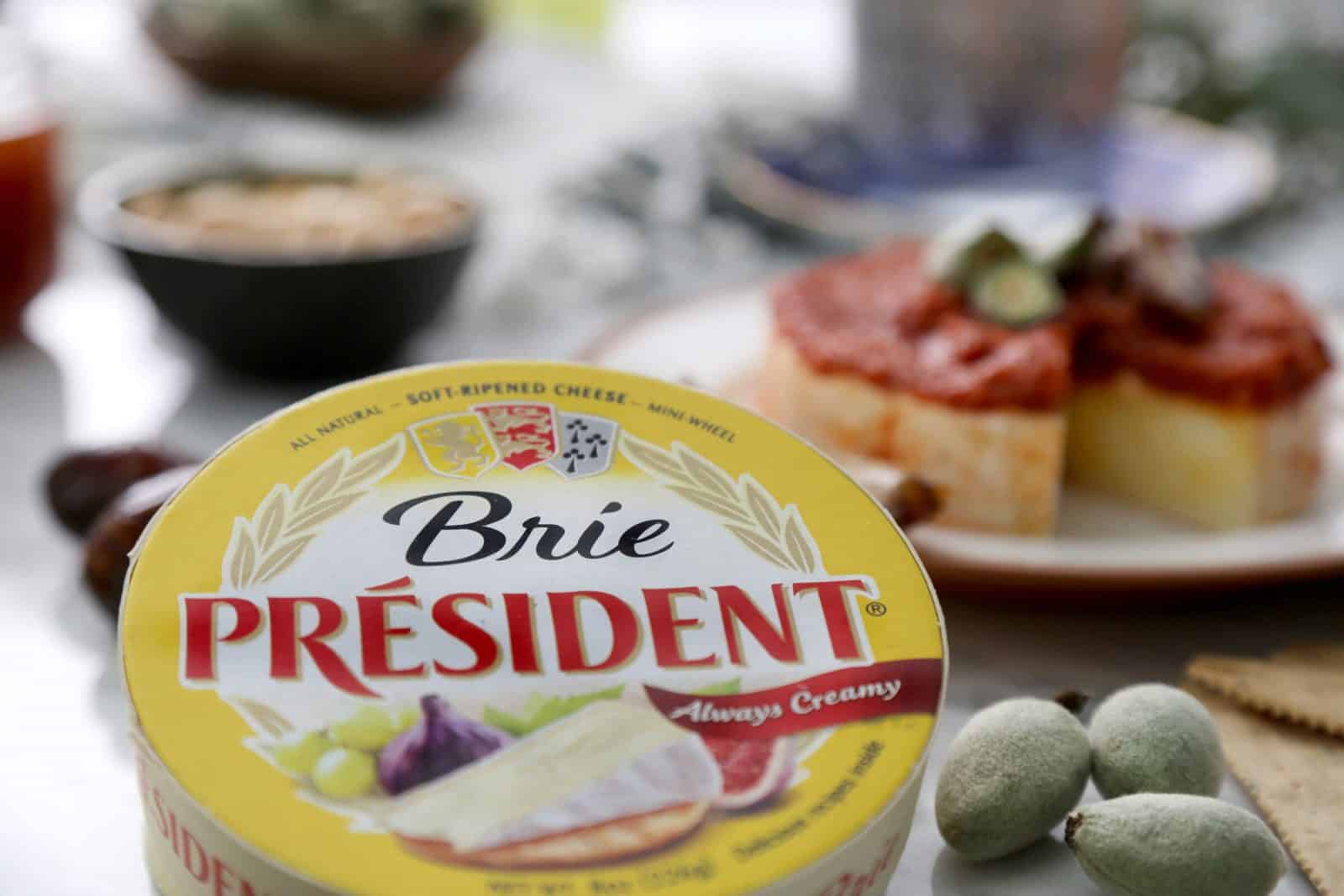
In conclusion, understanding the differences between Camembert cheese and Brie is essential for cheese enthusiasts and food lovers. While both cheeses share similarities in their creamy texture and rich flavor, they also possess distinct characteristics that make them unique. Camembert is known for its earthy taste and rustic texture, while Brie offers a refined and smooth experience. Whether choosing Camembert or Brie, both cheeses are a testament to the artistry and craftsmanship of French cheesemaking. So, whether you prefer the boldness of Camembert or the elegance of Brie, you can’t go wrong with either choice.
Summary Of The Differences And Similarities Between Camembert And Brie
Camembert and Brie are two beloved French cheeses that share many similarities. Both are made from cow’s milk, have a creamy texture, and feature an edible rind. However, there are distinct differences in flavor and aroma. Camembert has a more rustic and earthy taste, while Brie is known for its refined and smooth flavor. In terms of texture, Camembert has a denser and creamier consistency compared to Brie. When it comes to serving, Camembert pairs well with fruits, bread, and wine, while Brie is best enjoyed with crackers and champagne. Overall, whether choosing Camembert or Brie, both cheeses offer a delightful experience for cheese enthusiasts.
Final Thoughts On Choosing Between Camembert And Brie
When it comes to choosing between Camembert and Brie, it ultimately comes down to personal preference. Both cheeses offer a delightful experience, but they have distinct flavors and characteristics. If you prefer a stronger, earthy taste with a creamy texture, Camembert may be the perfect choice for you. On the other hand, if you enjoy a milder, buttery flavor with a softer texture, Brie may be more to your liking. Consider your taste preferences, desired accompaniments, and occasion when making your decision. Whichever cheese you choose, you can’t go wrong with these beloved French classics.
Camembert Cheese vs Brie – Frequently Asked Questions
Q: What is the difference between Camembert cheese and Brie?
A: Camembert and Brie are both soft-ripened cheeses that originated in France. While they are quite similar, there are a few key differences between the two.
Q: What is the texture difference between Camembert and Brie?
A: Camembert cheese typically has a slightly firmer texture compared to Brie. It is often described as creamy and buttery, with a smooth interior and a velvety bloomy rind. Brie, on the other hand, tends to be softer and creamier, with a thick, oozy consistency.
Q: How do the flavors of Camembert and Brie differ?
A: While both cheeses have a mild and slightly tangy flavor, Camembert tends to have a stronger, earthier taste compared to Brie. The subtle flavor profiles of the two cheeses can vary depending on the specific production methods and aging process.
Q: Are Camembert and Brie made from the same type of milk?
A: Both Camembert and Brie are traditionally made from cow’s milk, which contributes to their rich and creamy textures. However, some versions may use goat’s or sheep’s milk, resulting in slightly different flavors and textures.
Q: How do Camembert and Brie differ in terms of aging?
A: Camembert is typically aged for a shorter period of time compared to Brie. This results in a slightly milder flavor and firmer texture in Camembert. Brie tends to be aged for a longer time, allowing it to develop a creamier, melt-in-your-mouth consistency.
Q: Can Camembert and Brie be used interchangeably in recipes?
A: While Camembert and Brie share many similarities, they have distinctive characteristics that can affect the outcome of a recipe. Camembert’s bolder flavor may overpower some dishes, while Brie’s creaminess may be preferred in others. It’s best to consider the specific flavors and textures needed when deciding which cheese to use.
Q: Are there any notable regional differences in the production of Camembert and Brie?
A: Yes, there are regional differences between Camembert and Brie production. Camembert is specifically associated with the Normandy region in France, while Brie has its origins in the Brie region near Paris. These regional differences can influence the terroir and flavor nuances of the cheeses.
In summary, while Camembert and Brie share some similarities, they differ in terms of texture, flavor, aging, and regional associations. Both cheeses offer a delightful sensory experience and can be enjoyed on their own or used in a variety of culinary applications.

From At-Home Dinner Parties to Family Reunions to Office Parties, we can cater your next Event!